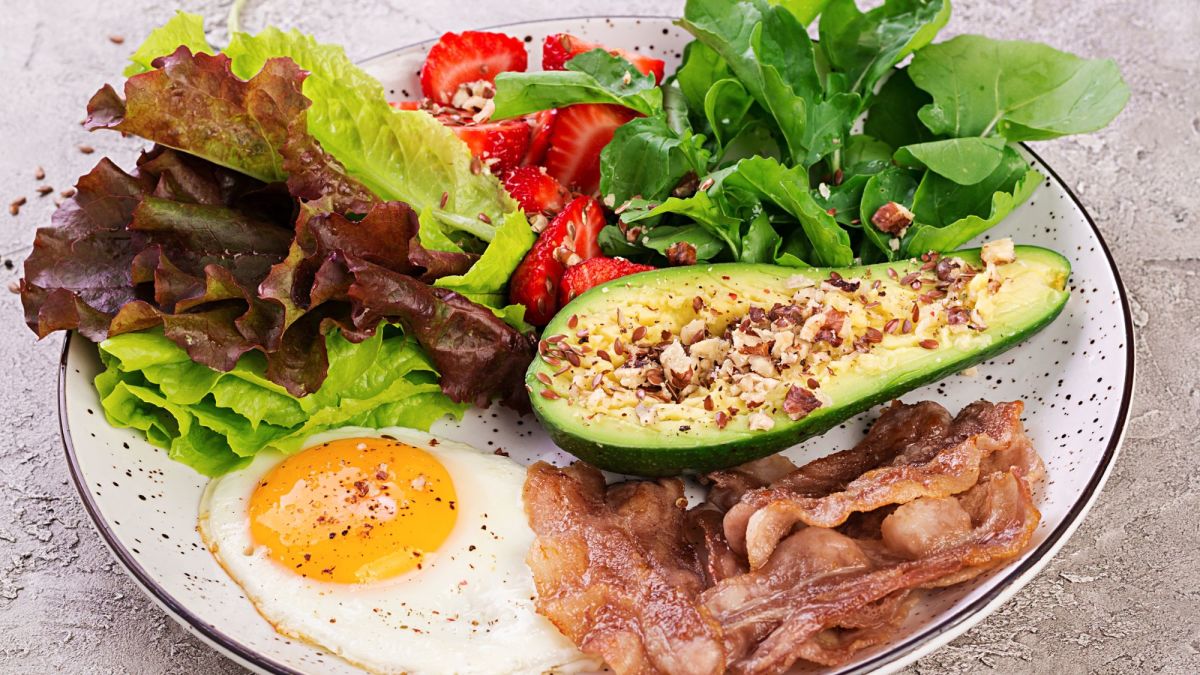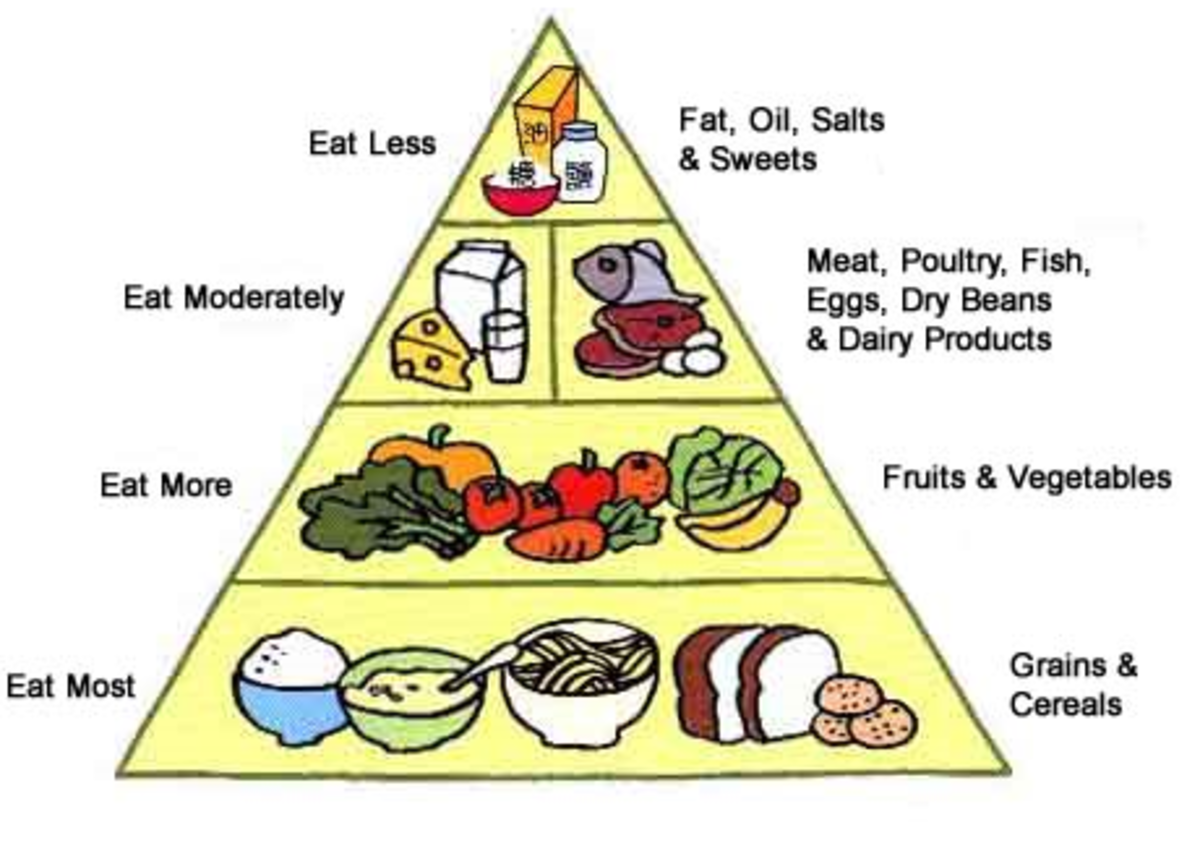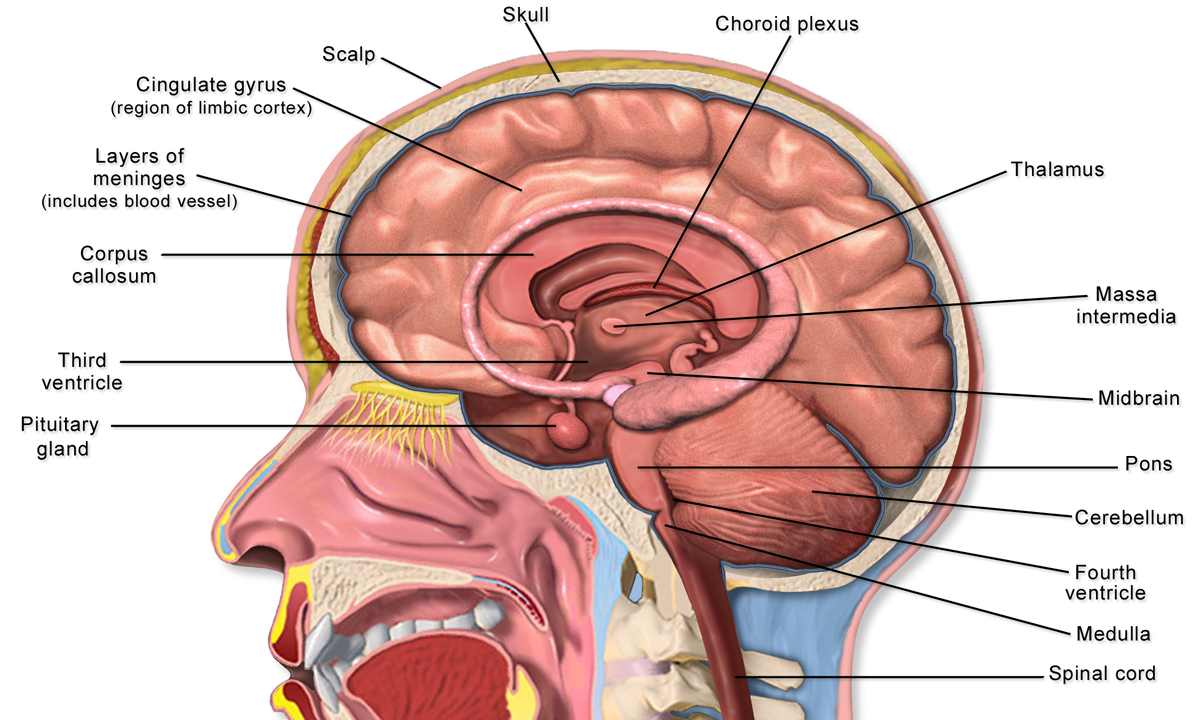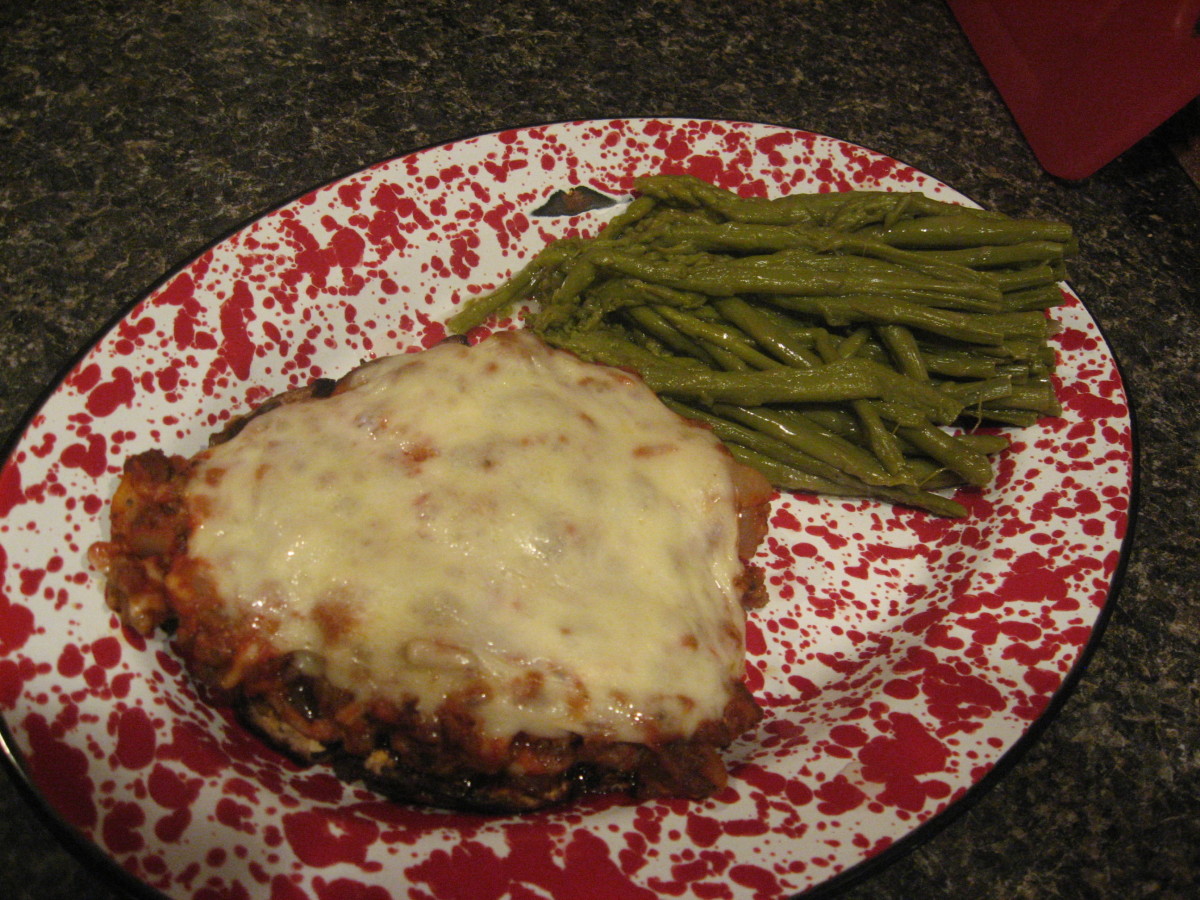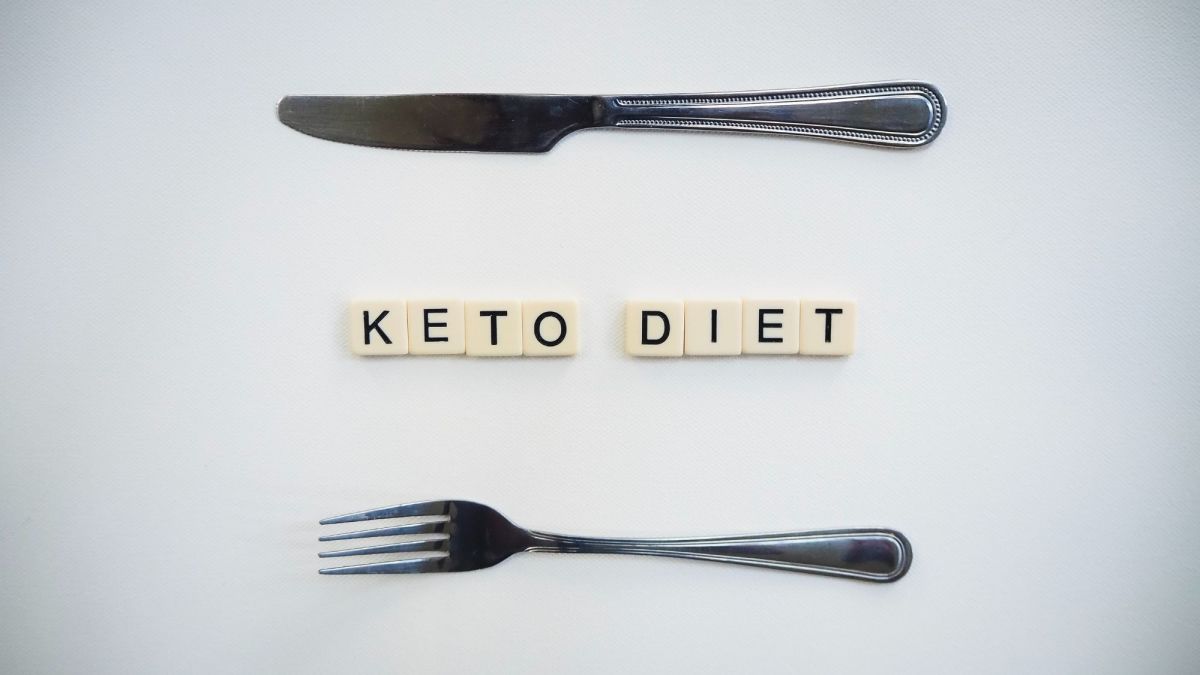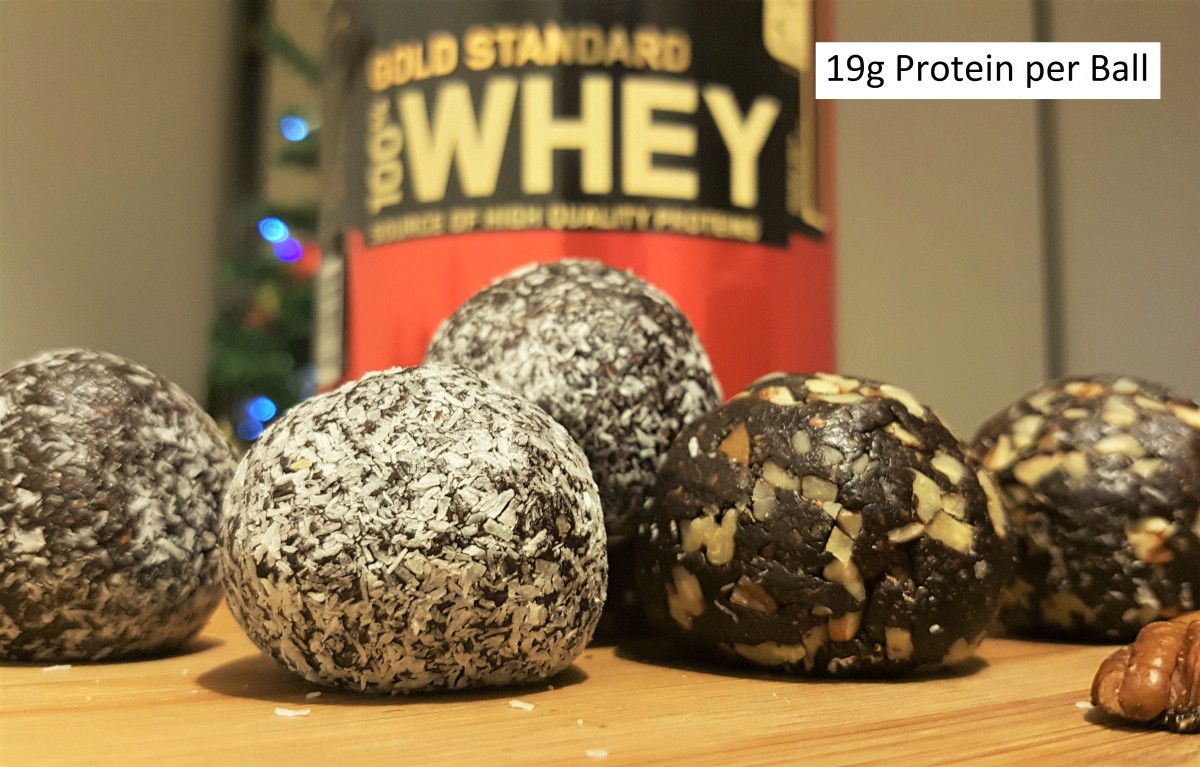What Are the Pros and Cons of the Keto Diet?
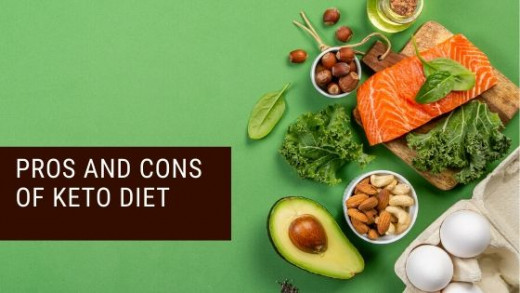
What is a Keto Diet?
Keto diet is a very low-carbohydrate diet that forces the body into ketosis, that is, to use the fat accumulated in the body for food. Here you will learn the pros and cons of the keto diet.
The keto diet is reminiscent of the Atkins diet and the Dukan diet and the low-carbohydrate LCHF diet, which severely limits carbohydrate intake as the keto diet works. Read here what a keto diet is:
Ketodiet: What does Ketosis mean?
Muscles, especially the brain, use carbohydrates as their primary energy source. They are typically an essential energy nutrient in the diet - for example, in the Finnish nutritional recommendations, the recommended carbohydrate intake is 45–60% of the total daily energy intake. Carbohydrates are obtained, for instance, from cereals, potatoes, fruit, and confectionery and soft drinks.
Following a ketogenic diet, carbohydrate intake is strictly limited, requiring the body to use energy from other sources to fuel the muscles and the brain. In practice, this means that the keto diet causes the body to produce ketones from its fat stores, which the heart and Brain, for example, can utilize as an energy source. Using fats for energy - instead of carbon - can have many health benefits.
Pros: What are the benefits of a keto diet?
- Keto diet enhances fat burning and helps keep energy levels constant.
- Keto diet helps lower blood sugar and thus also reduces the risk of type 2 diabetes.
- Keto diet helps reduce belly fat and thus reduce the risk of many lifestyle diseases.
- Keto diet improves mental and physical endurance when blood sugar fluctuations do not cause restraints
- Keto diet helps to omit empty calories from sugar and highly processed cereal products in the diet.
How fast does a keto diet lose weight?
A ketogenic will typically cause the weight to drop by a couple of pounds in the first week. However, this is not so much fat burn as to the depletion of the body's carbohydrate stores. Carbohydrates bind water, so their consumption is concretely reflected in weight loss.
There is no guarantee of more weight loss than this, but for many, a keto diet can quickly drop 0.5 to 1 pound per week.
When the body learns to use fat for energy instead of relying on carbohydrates, the small portion size may be enough to make you feel full. And hunger will no longer be as cruel as before, also if the meal interval is longer.
How long should the keto diet be followed for the body to go into ketosis?
The body's adaptation to the keto diet varies individually, but typically it takes a couple of days to a week to achieve ketosis.
What not to eat or drink while following a keto diet?
A ketogenic diet requires that carbohydrates are eaten very sparingly and protein in moderation - otherwise, energy is obtained from fats. Carbohydrate intake should be less than 50 grams per day, which means cutting down the most common carbohydrate sources from the diet. What food not to eat on Keto and what should eat?
Those who follow a keto diet should exclude:
- Pasta
- Rice
- Potato
- Bread
- Other cereal products such as bulgur, quinoa, barley, corn and oats
- Dried beans and lentils
- Fruit
- Root vegetables
- Milk and yoghurt
- Sugar (i.e., also candies and candied soda).
What to eat while following a keto diet?
When following a ketogenic diet, you should reasonably enjoy these:
- nuts
- High-protein sour milk products such as curd, skyr, Greek yogurt, including fatty versions
- Cheese
- Butter
- Meat
- Fish and seafood
- Poultry meat
- Eggs and roe
- Avocado
- olives
When following a ketogenic diet, you are free to enjoy these:
High-fibre vegetables are cauliflower, broccoli, peas, and green beans.
Vegetable and nut oils are olive, rapeseed, colza, avocado, and peanut oils.
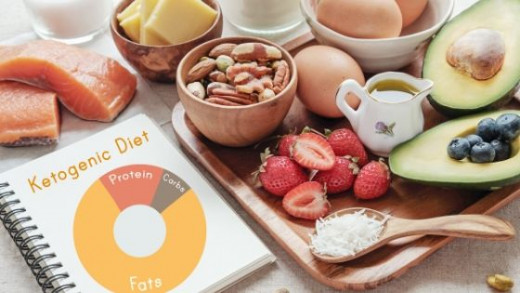
Keto diet: sample meals of the day
When following a ketogenic diet, preparing meals usually requires a bit of thought, leaving the usual porridge, bread, potatoes, and pasta out. The following are meals for one keto diet day:
Breakfast
1.5-2 dl of Greek yogurt (10% fat), crushed almonds and 25 grams of berries
Lunch
2-3 hard-boiled eggs, 200 grams of vegetables, and a couple of spoons of pesto.
Snack
Avocado + 1 dl cottage cheese
Dinner
300-400 grams of wok vegetables and 150 grams of chicken + a couple of tablespoons of olive oil for frying
When following a ketogenic diet, you are free to enjoy these:
High-fibre vegetables are cauliflower, broccoli, peas, and green beans.
Vegetable and nut oils are olive, rapeseed, colza, avocado, and peanut oils.
What is fatty coffee or keto coffee?
Fatty coffee is a strong coffee to which butter, coconut oil, and whipped cream are added. Fat coffee is drunk because some believe coffee promotes ketosis.
Fatty coffee fills well but is not healthy because no direct nutrients or fiber are obtained from the coffee.
Cons: What harm can a Keto diet cause?
A keto diet can be healthy in principle, but it can also have specific harmful and unpleasant effects.
A typical disadvantage of a keto diet is bad breath. Namely, ketones cause the smell of acetone when inhaled. In addition, the amino acids of the protein in the body can form the smell of sulfur.
The body's adaptation to new eating habits also varies from individual to individual. Others have enough energy, but for some, switching to a keto diet can cause things like muscle fatigue, difficulty concentrating, lack of energy, and a drop in blood sugar for a couple of weeks before the body gets used to a low-carb diet.
The healthiness of a keto diet always depends on the foods with which it is formulated. Cuts, whipped cream, butter, and bacon are indeed sources of fat, but they don't become healthy even as part of a keto diet.
Therefore, it is essential to favour quality foods that are as fresh as possible, limit the intake of additives, and make the diet as healthy as possible.
Vegetables, vegetable oils, fish, seafood, and poultry are the foundation of a healthy ketogenic diet. The basic principles of an anti-inflammatory diet can also be well applied to a keto diet.
How long can a keto diet be continued?
In principle, a keto diet can be followed for the rest of your life, as long as you ensure that your food is continuously getting enough fiber, vitamins, minerals, antioxidants, healthy fats, and protein.
When the keto diet is followed for a long time, you only need to adapt to the change once. Keto diet can be used for weight loss, but there is a risk that after a "cure," pounds will accumulate back with interest if, once the goal is met, people return to previous eating habits.
What happens when you stop following the keto diet?
You may become tired and unresponsive when you stop following the keto diet, so you gradually want to step into your regular diet. If the weight has dropped, pounds are likely to accumulate back if you return to an utterly previous diet.
Who is suitable for a Keto diet, and who is not?
Properly formulated, a ketone diet can promote health, making it suitable for basically everyone. However, for certain groups, the keto diet cannot be unreservedly recommended.
- People with diabetes. A keto diet may be suitable for people with type 2 diabetes, and strict carbohydrate restriction is not appropriate for type 1 diabetics. According to the Diabetes Association, it can confuse a diabetic's sugar balance and even lead to a severe drop in blood sugar.
- Suffering from high blood pressure. Although a keto diet can lower blood pressure, people taking antihypertensive medication should talk to their doctor before switching to it. The danger is that blood pressure will drop too much at first.
- Breastfeeding. Breastfeeding increases energy consumption, and a varied and balanced diet ensures that the mother's nutrient stores are not depleted. At its worst, drastic pruning of carbohydrates can even lead to a state of poisoning called ketoacidosis.
- Athletes and purposefully train. During strenuous training and competitions, the muscles work hard, and then need enough energy to perform. The best energy source for muscles is carbohydrates, and performance is likely to decline if peak performance is pursued on a very low-carbohydrate keto diet. For the average exerciser, the keto diet is suitable as long as it provides enough carbohydrates for training needs.
This content is accurate and true to the best of the author’s knowledge and is not meant to substitute for formal and individualized advice from a qualified professional.
© 2020 Sanjay Chaudhary


